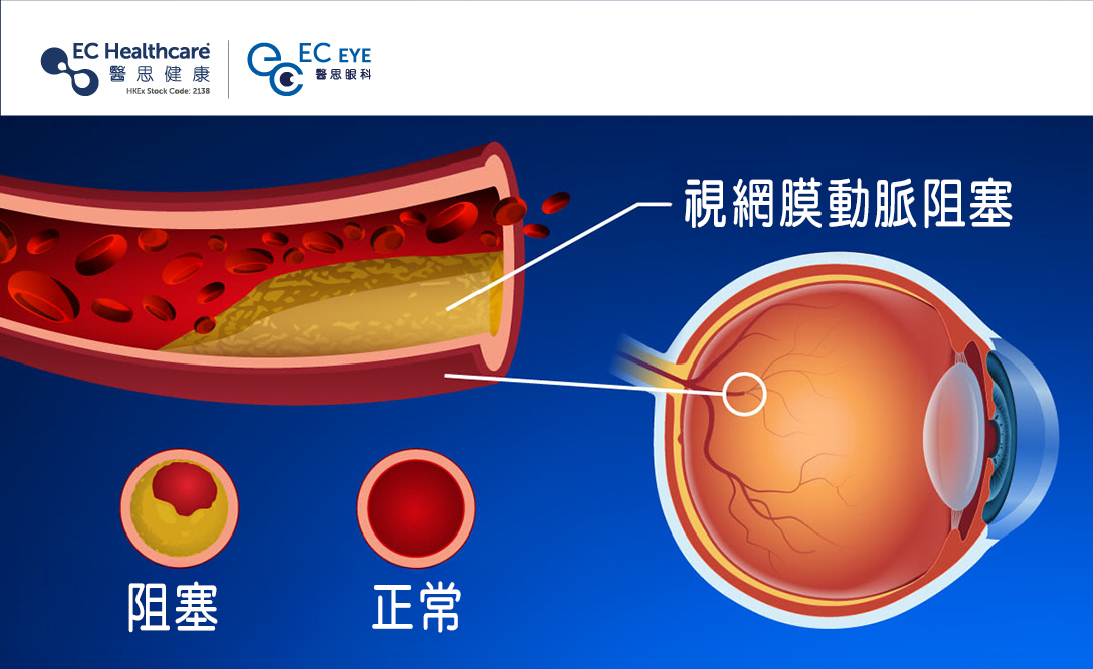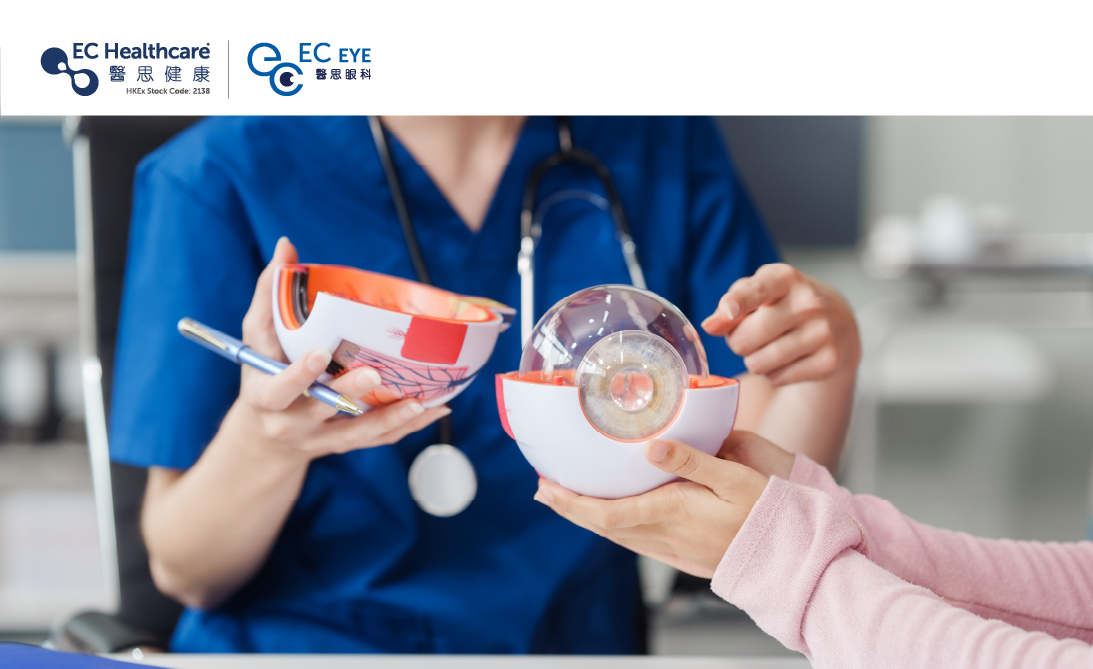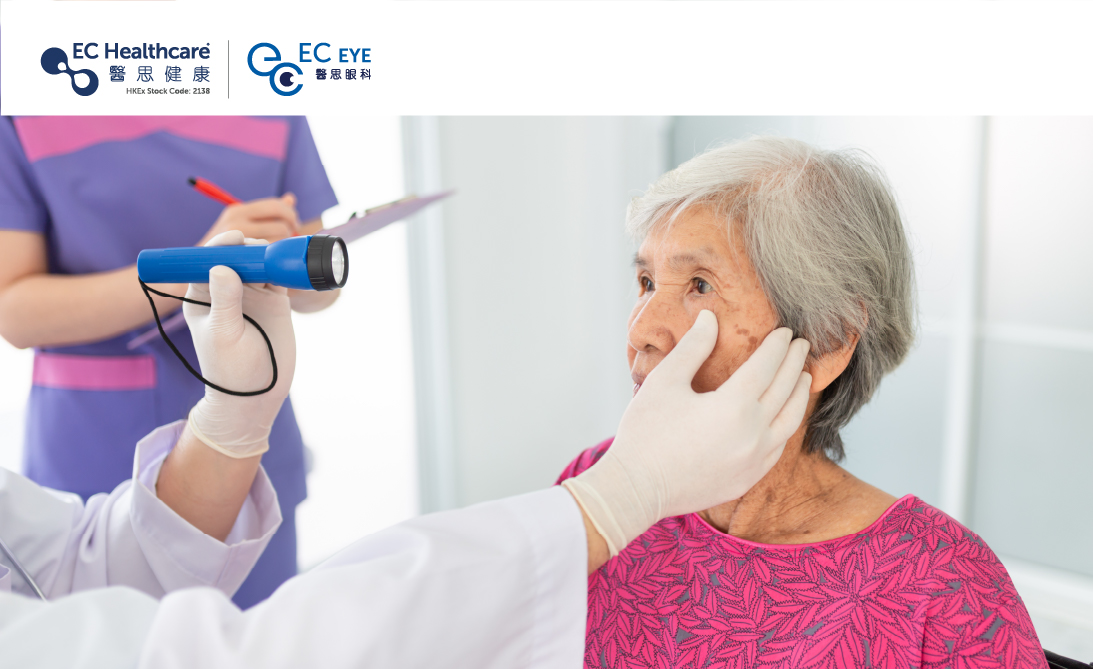Wet age-related macular degeneration | Is the disease likely to cause blindness? Beware if you are over 50 years old!


We have heard a lot about age-related macular disease (AMD), but did you know that AMD is actually divided into dry and wet types? Patients with "Wet AMD" may lose vision in just a few days and never see again.

What is age-related macular disease?
The specific symptoms of AMD are blurred vision, dark spots in the center of the field of vision, distortion and even discoloration of vision. Some people confuse AMD and cataracts, but in patients with cataracts, the entire field of vision is blurred, whereas in patients with AMD, the central image is distorted and deformed.
According to information from the Hospital Authority¹, there are 3,000 new cases of "Wet AMD" in Hong Kong every year. It is currently estimated that more than 500,000 people in Hong Kong are suffering from AMD², of which about 10% are patients with Wet AMD.
What is the difference between Wet AMD and Dry AMD?
The vision of "Dry AMD" deteriorates relatively slowly, and the early symptoms are not obvious. Once it worsens, it may transform into Wet AMD. "Wet AMD" is mainly caused by the proliferation of choroidal blood vessels. If not treated in time, leakage and bleeding can penetrate into the vitreous body of the eye, which can lead to blindness within a few days.
There are many factors that cause AMD, but the most important one is age. Studies have shown that macular degeneration occurs in 1 to 2% of people over 50 years old, while the prevalence increases more than three times among those over 75 years old². Therefore, it is recommended that elderly people over 50 years old undergo an examination once a year to reduce the risk of blindness caused by AMD.
Eyeball injection treats "Wet AMD"
Wet macular degeneration can permanently damage vision, and the golden treatment period is the first 3 months after onset. The current mainstream treatment option is "intravitreal injection of anti-vascular endothelial growth factor (anti-VEGF)". The principle of treatment is to prevent the proliferation of new blood vessels by injecting endothelial growth factors, thereby controlling the disease and improving damaged vision.
The Ophthalmologists of EC EYE are one of the designated doctors under the "Intraocular Injection Drug Subsidy Scheme", helping patients reduce their financial burden while receiving appropriate treatment. Patients in need can make an appointment through the "Health Care Alliance" and then go to EC EYE for intraocular drug injection.
¹ 2010 Press Release of the Hospital Authority.
² Age-related macular disease popularization website of the Ophthalmology Center of the Chinese University of Hong Kong.
Disclaimer: This article is prepared by an independent third party and is not sponsored. The content provided is solely for informational purposes and should not be considered a substitute for professional medical advice, diagnosis, or treatment. It does not represent any specific viewpoint. In the event of any discomfort or health issues, it is advised to seek medical attention promptly.









